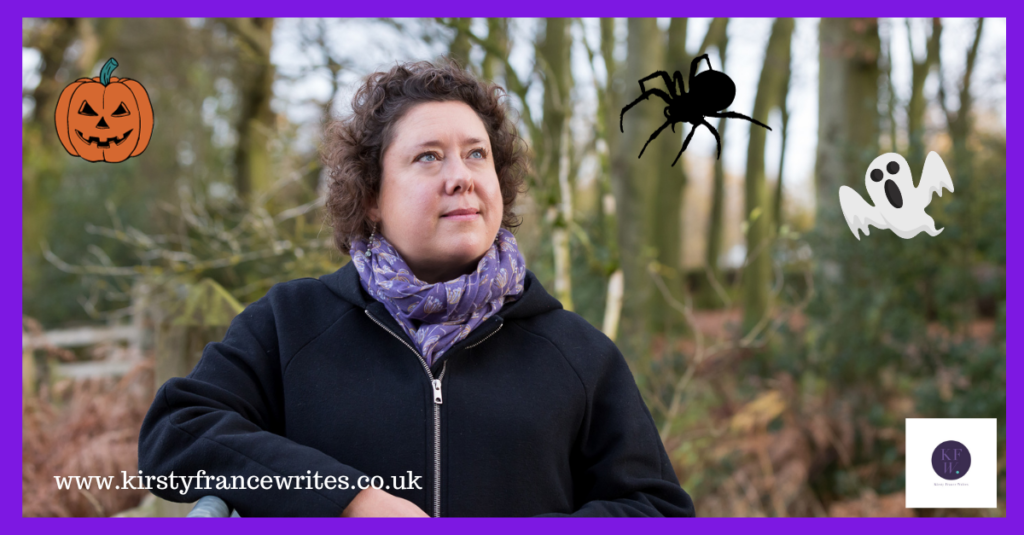
When you get to know your ideal customer, you can write content that speaks to them. Good marketing creates a connection between you and your audience. If you try to write for everyone, you end up with bland content that doesn’t connect with anyone. Here are my top five tips to help you get to know your ideal customer so you can start writing for them.
Who do you work with now?
If you’ve already got a few customers, think about them first. Who do you love working with, and who would you rather be rid of? Think about any common features the two groups share. It could be their age, interests or how they speak to you. If you communicate face to face or via email, are there differences in how you talk to them? Using the same language in your marketing helps you attract more people you like and repel the ones you don’t.
How does your business help people?
Over time, you’ll discover more about how you help your customers achieve their aspirations or overcome challenges.
Some of the benefits of your product or service might not be immediately obvious. For example, you might sell gorgeous jewellery that your customers love to wear or give as gifts. However, they might also come back because you help them choose the right gift or offer a relaxed shopping experience. It helps you add depth to your content as your ideal customers feel seen.
Do you serve people at a particular life stage?
Creating the right content can be easier if your business helps people when they’ve reached a particular life stage. They might be about to retire, have a baby or start a business. However, it’s still important to understand other details about their life. Even if people are at a similar life stage, they might approach it differently. Older people might be looking forward to an active retirement or have health concerns. The language you use for each will be different.
What does your ideal customer care about?
Understanding what your customers care about and why they choose your business helps you target the right people. If you want to educate, it’s easier if you can connect with things they already value. For example, if your fitness business attracts customers who want to improve their health but still have the odd takeaway, your marketing can make them feel welcome. If you’re a financial planner, your customers might not see the benefit in buying life insurance, but they will care about taking care of their family when they’re gone.
How do they spend their time?
Knowing how your ideal customers spend their time helps you in a few ways. It helps you put your content where they’ll see it, whether online or offline. If they’re busy juggling lots of tasks, you can decide when to share something short and snappy and consider when they might have time to read something longer.
Finally, it helps you choose the right language. The way you talk to people who love luxury living will be very different from the language you use for people who prefer being at home in their pyjamas.
If you want to write in a way that shows your customers you understand them, I can help. I’ll write blogs, posts, emails and whatever else you need to engage your audience and encourage them to get in touch. If you’d like a chat to find out how it works, you can book a call here. Or, use the form below to sign up for monthly content writing tips straight to your inbox.









